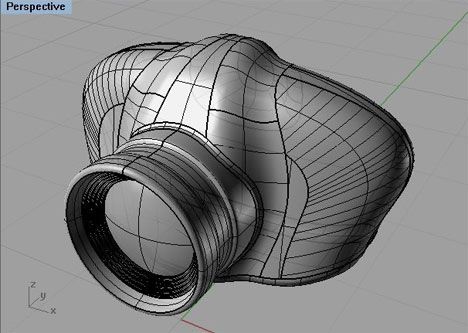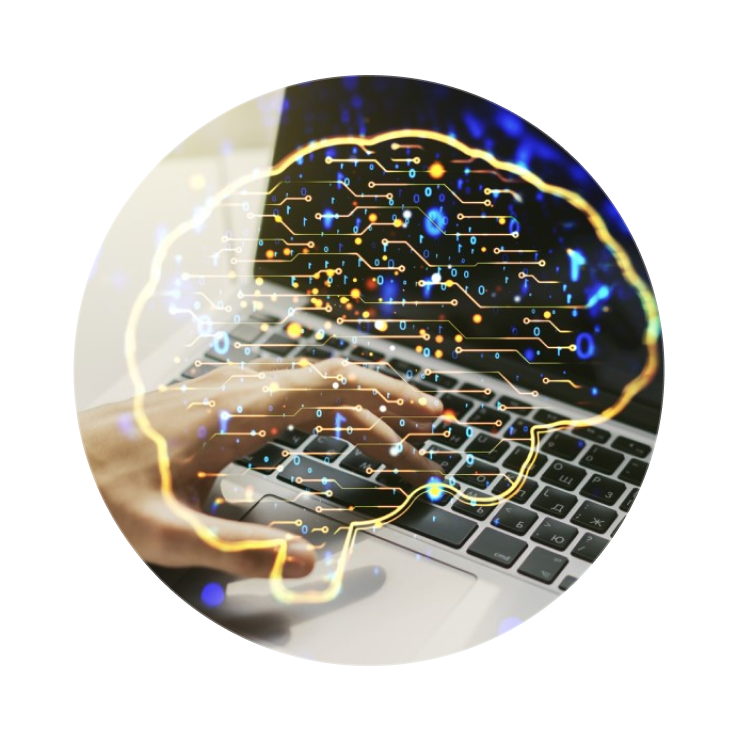Managing personal finances is a crucial life skill, yet it’s something many people learn through trial and error. Whether you’re just starting your first job or trying to get a better grip on your monthly spending, understanding how to manage your money can lead to financial stability, less stress, and more freedom.
In this blog, we’ll explore practical strategies to help you take control of your finances and build a more secure future.
1. Track Your Income and Expenses
The first step in managing your finances is understanding where your money comes from and where it goes. This may seem basic, but many people don’t have a clear picture of their spending habits.
Tips:
-
Use apps like Mint, YNAB, or Excel sheets to track spending.
-
Categorize expenses (e.g., groceries, rent, entertainment, savings).
-
Analyze monthly trends to identify overspending areas.
2. Create a Budget That Works for You
A budget isn’t about restricting yourself — it’s about having a plan. Allocate your income toward needs, wants, savings, and debt repayment.
A popular method: The 50/30/20 Rule
-
50% for necessities (housing, utilities, food)
-
30% for wants (dining out, shopping)
-
20% for savings and debt repayment
Sticking to a budget helps you live within your means and avoid unnecessary debt.
3. Build an Emergency Fund
Life is unpredictable. An emergency fund acts as a financial cushion for unexpected expenses like medical bills, car repairs, or job loss.
How much to save?
-
Aim for 3–6 months’ worth of living expenses.
-
Start small if needed—saving even ₹500 or $20 a week adds up over time.
4. Set Clear Financial Goals
Having goals gives your financial decisions purpose. Whether it’s saving for a vacation, buying a house, or retiring early, set SMART (Specific, Measurable, Achievable, Relevant, Time-bound) goals.
Examples:
-
Save ₹1 lakh ($1,200) for an emergency fund in 12 months.
-
Pay off ₹50,000 in credit card debt within 10 months.
5. Avoid Unnecessary Debt
Not all debt is bad (like education loans or home loans), but high-interest consumer debt can quickly derail your finances.
Avoid:
-
Buying things you can’t afford with credit cards.
-
Taking loans without clear repayment plans.
Do:
-
Pay credit card balances in full monthly.
-
Focus on repaying high-interest debt first (avalanche method).
6. Invest for the Future
Saving alone won’t build long-term wealth—investing does. Start early, even with small amounts, to take advantage of compounding.
Options to consider:
-
Mutual funds, SIPs (Systematic Investment Plans)
-
Retirement accounts (401(k), NPS, PPF)
-
Stock market (after research or with guidance)
7. Stay Financially Educated
Financial literacy is a lifelong journey. Read books, watch videos, or take courses on personal finance.
Recommended Reads:
-
Rich Dad Poor Dad by Robert Kiyosaki
-
The Psychology of Money by Morgan Housel
-
Your Money or Your Life by Vicki Robin
8. Review and Adjust Regularly
Life changes, and so should your financial plans. Set a monthly “money date” with yourself to:
-
Review your spending and savings.
-
Check progress on goals.
-
Adjust your budget or investment strategy as needed.
Final Thoughts
Managing personal finances isn’t about being perfect — it’s about being intentional. When you track your spending, set goals, and plan for the future, you gain confidence and control over your financial life.










